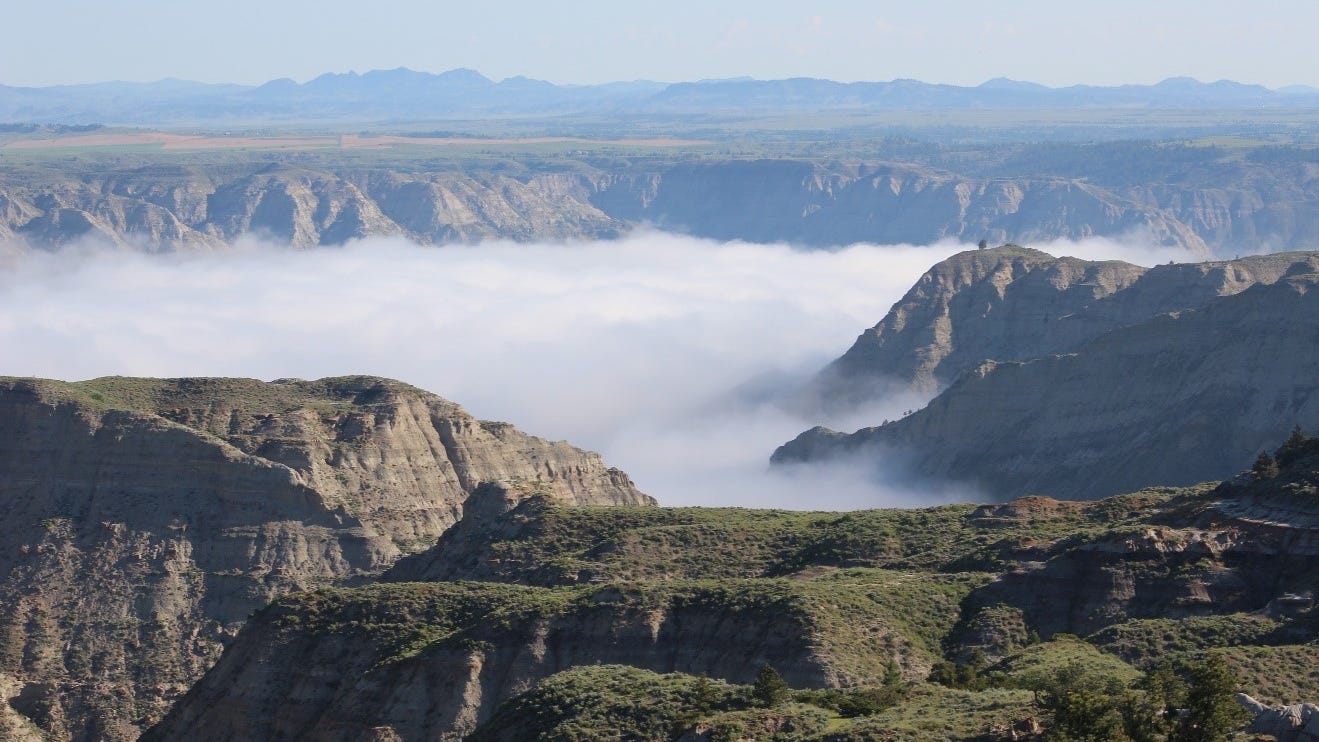In my only post on the thread that provided comment about the Montana Master Hunter program, I said I would start this new thread, so as to not to divert and pollute the other thread at this link - https://www.hunttalk.com/threads/discuss-master-hunter-programs-here.294277/page-4#post-2915308
A bit of repeat to my comment on that thread.
Given the comments on this forum seem to be pretty negative toward the Montana Master Hunter program that is a cooperative between landowners wanting responsible hunters and a non-profit group, One Montana, what are the suggestions that you have as other alternatives?
What would you do to improve elk access on lands currently closed to hunting, yet with landowners who want hunting on their property without going the outfitter route?
Looking for ideas that are practical and possible to work toward solving a very complicated problem; hunting access to elk on private lands in Montana, given the legislative and political realities. Not interested in more comments about what is wrong with the effort/experiment being discussed over on the other thread.
Ready, Set, Go!
A bit of repeat to my comment on that thread.
The Montana program, as I am familiar with it, was designed to open access to otherwise closed properties of landowners who wanted hunting, but had bad experiences with the chaos of Block Management and also did not want to go the outfitted route. It was a project put together between landowners who want more alternatives than BMA or leasing. It is also my understanding that landowners' concerns of BMA program and/or open public hunting is that too many of the hunters that were showing up at their doorstep were inclined to behave in a way that is not good for hunting.
Unlike most other states' advanced/master hunter programs, this Montana program is not operated by the state. If I understand correctly, that was due to the landowners not wanting it to be a state-run program. Given the benefit to hunters is access to quality properties and such access is obtained from the landowners, it seems logical why this is not a state-operated program if the landowners don't want that.
So, the term "Master" set aside for this discussion, I'd be interested to know what alternatives folks see as workable. Rather than pollute this thread with a diversion, I will start a new thread, "Alternatives for public elk hunting access" and I hope those who have provided comments here would chime in and give some thought to what solutions are practical and possible.
Easy to hammer those who are trying different ways to solve this problem of inaccessible lands/elk, a problem only getting worse and likely to be the main complication to wildlife management twenty years from now. What is harder, much harder than hammering on Hunt Talk over your morning coffee, is to stick your neck out and try to solve problems when you know there are no perfect solutions and the likelihood of criticism is high.
Given the comments on this forum seem to be pretty negative toward the Montana Master Hunter program that is a cooperative between landowners wanting responsible hunters and a non-profit group, One Montana, what are the suggestions that you have as other alternatives?
What would you do to improve elk access on lands currently closed to hunting, yet with landowners who want hunting on their property without going the outfitter route?
Looking for ideas that are practical and possible to work toward solving a very complicated problem; hunting access to elk on private lands in Montana, given the legislative and political realities. Not interested in more comments about what is wrong with the effort/experiment being discussed over on the other thread.
Ready, Set, Go!






